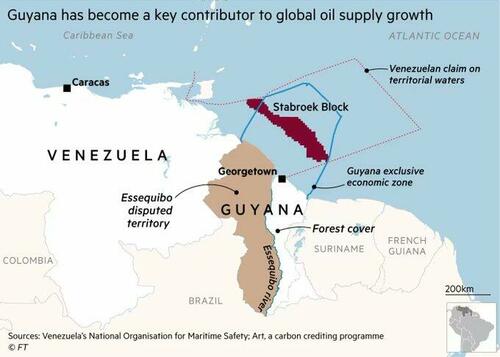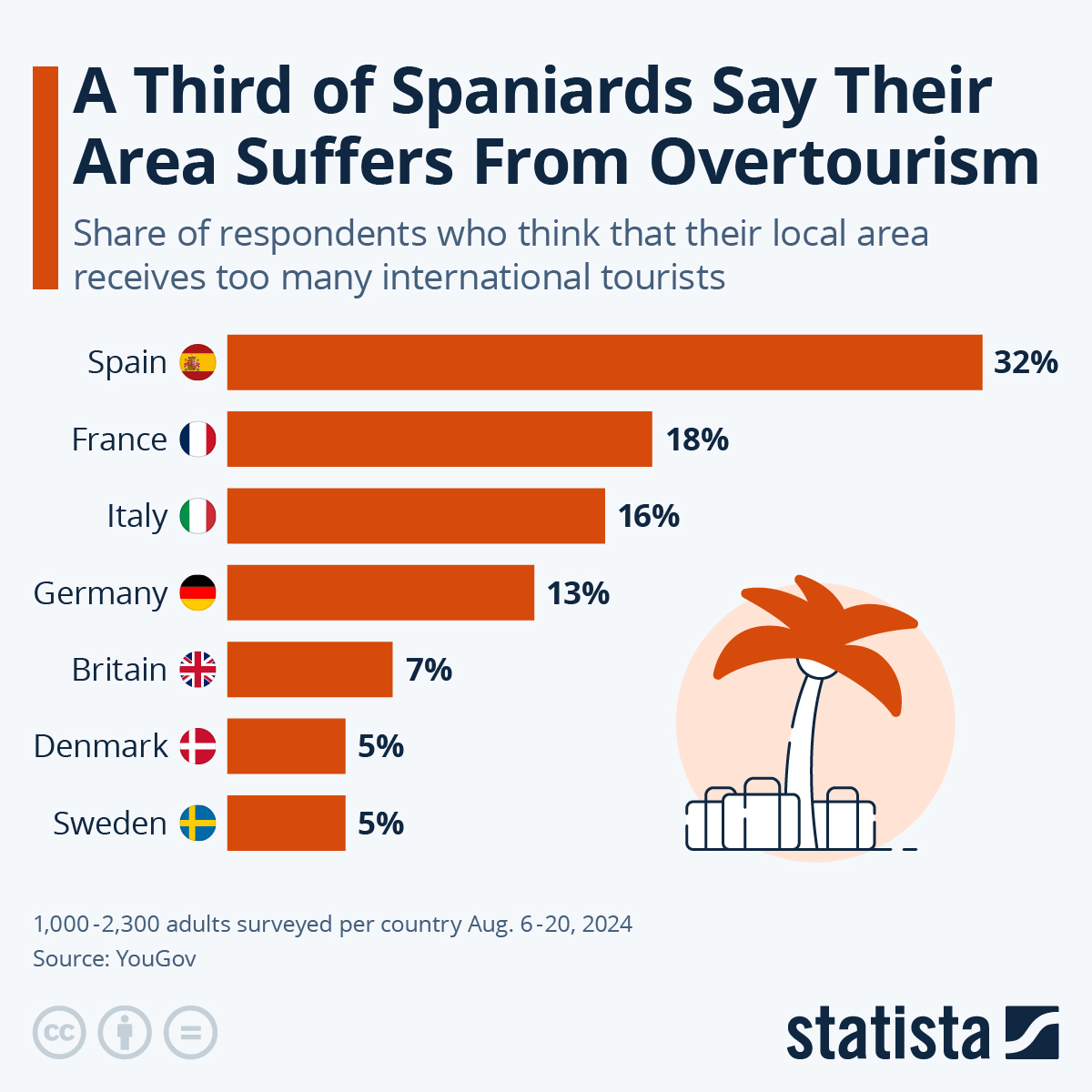Israel Threatens Military Intervention In Damascus As Internal Fighting Engulfs Suburb
Israel Threatens Military Intervention In Damascus As Internal Fighting Engulfs Suburb
Israel’s Foreign Minister Gideon Sa’ar has made some interesting new comments on the Syria situation over the weekend, at a moment the Israeli military (IDF) is occupying whole swathes of the country’s south in the wake of the December 8th ouster of Bashar al-Assad.
Sa’ar described Syria’s new government which is led by self-declared president Ahmed al-Sharaa (Jolani) as “a bunch of jihadists” who were “not elected… by the Syrian people.”
Jaramana, a city outside Damascus, via Syria Times.
The Israeli top diplomat stressed at a press conference in Jerusalem that “it is important that the new rulers of Damascus respect the rights of minorities,” and highlighted that “we also have a Druze community here in Israel.”
We should note that the irony is of course that Israel had supported the Islamist anti-Assad insurgency from the start of the war, including al-Qaeda elements – as even one CIA official at the time admitted.
The remarks came after fighting has engulfed the Damascus suburban city of Jaramana. Militants from Jolani’s Hayat Tahrir al-Sham (HTS) are clashing with Druze militants, in an effort to disarm all other factions except the Jolani regime’s HTS fighters. Syrian Christians also have a heavy presence in Jaramana.
The Druze are an ethno-religious minority offshoot of Islam considered heretical by Sunnis. Their communities are present in Syria, Lebanon, the Golan Heights region, and some areas of Israel/Palestine. In Syria, they are mostly in the south, and tend to live in intermixed villages with Christians of the ancient Hauran region.
Importantly, Israel might use the internal Syrian fighting to launch a further military intervention and landgrab, after reports have indicated the IDF already has units positioned just 20 to 25km south of Damascus:
Prime Minister Benjamin Netanyahu and Defense Minister Israel Katz instructed the Israel Defense Forces on Saturday to “prepare to defend” the Druze-majority city of Jaramana on the outskirts of Damascus in Syria.
A statement issued by Katz’s office said the Damascus suburb of Jaramana was “currently under attack by the forces of the Syrian regime.”
Some regional reports say the current fighting happened when an HTS militant entered Jaramana and began firing in the air, after which he was killed by local armed Druze factions. Many areas of Syria have seen local residents refuse to give up their arms and form local patrols, not trusting the governance of HTS.
At least one HTS fighter has been killed, and possibly more wounded in the fresh internal fighting…

— Rerum Novarum // Intel, Breaking News, and Alerts (@officialrnintel) March 1, 2025
As for Israel’s Katz, he claimed, “We will not allow the extreme Islamic regime in Syria to harm the Druze. If the regime harms the Druze, it will be struck by us.” He added: “We are committed to our Druze brothers in Israel to do everything to prevent harm to their Druze brothers in Syria, and we will take all the steps required to maintain their…












